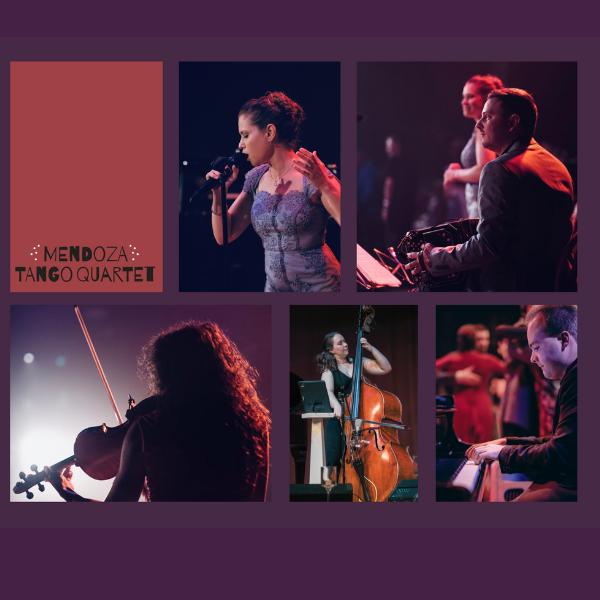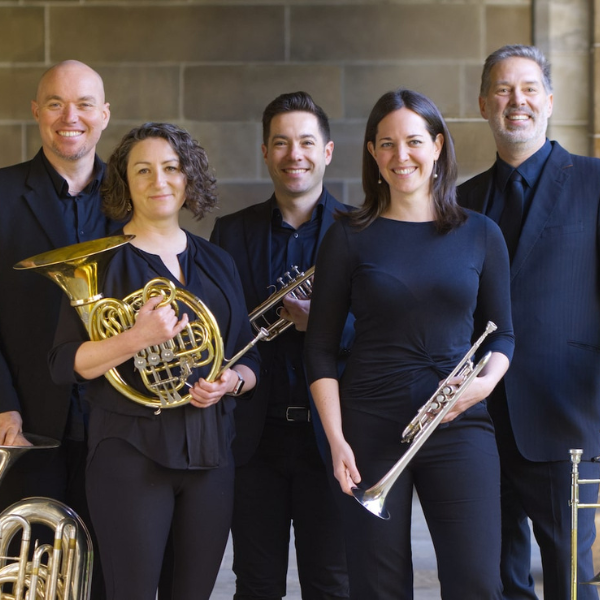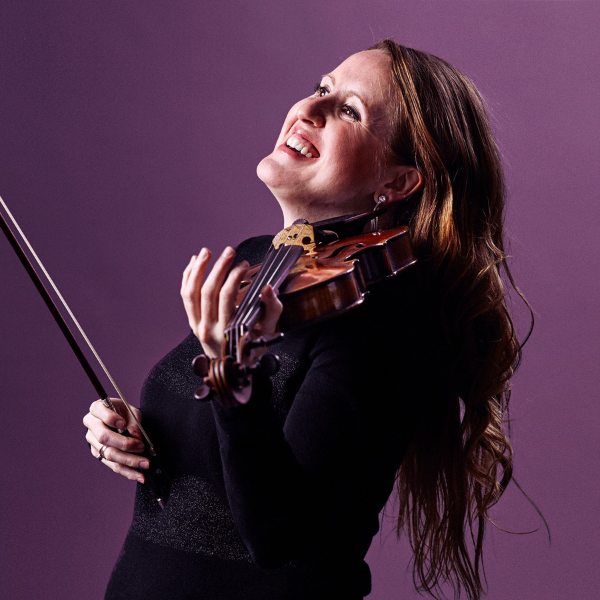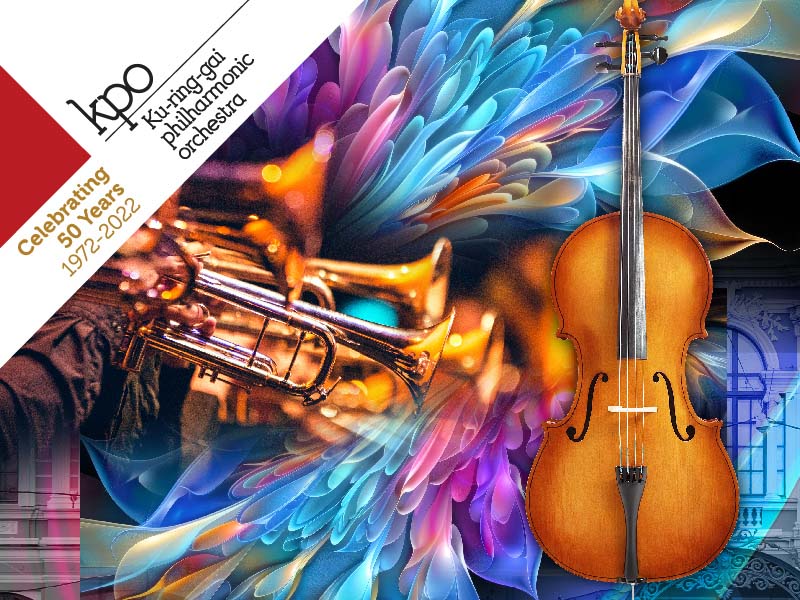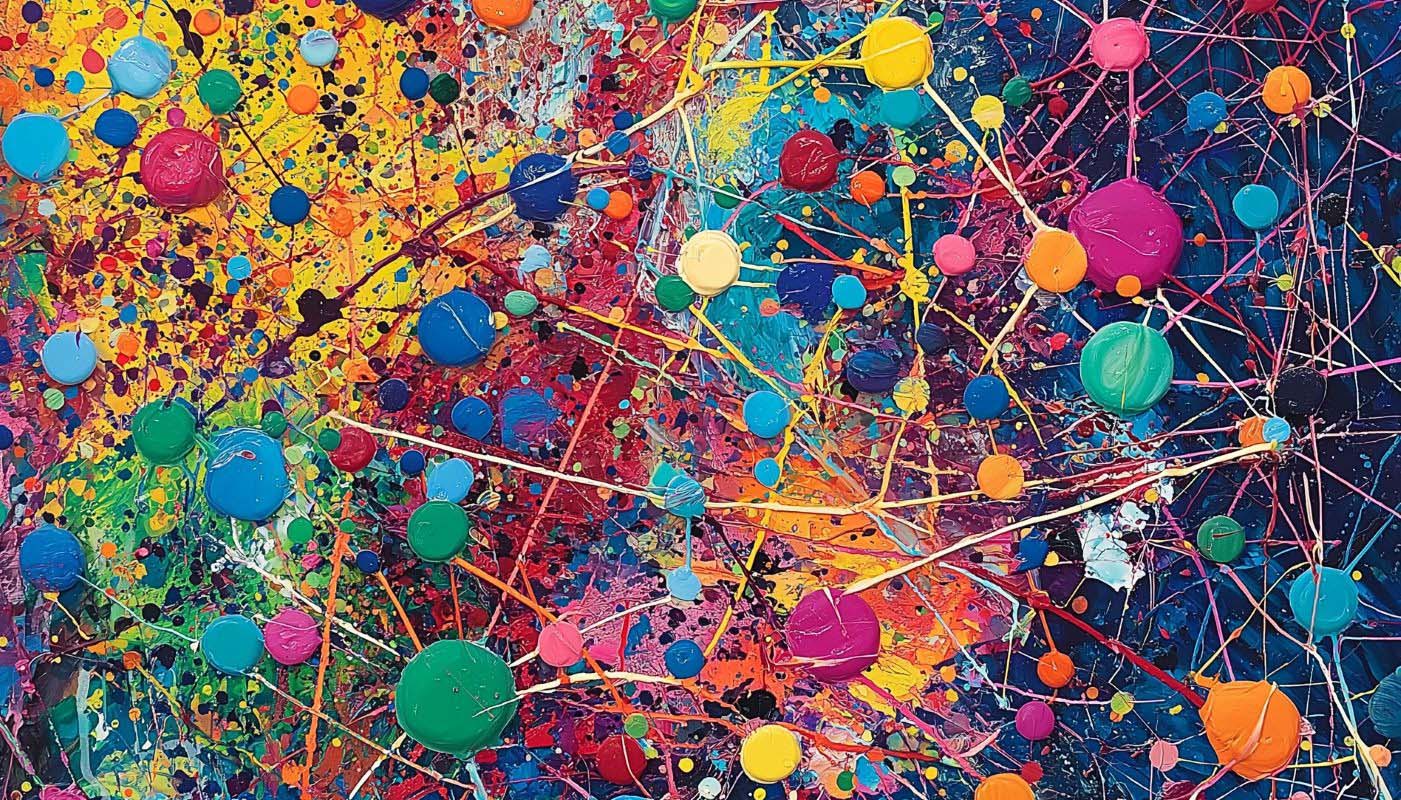In introducing this concert Guy Noble said he had questioned the sanity of Musical Director Sarah-Grace Williams when she announced that she was going to found an orchestra. It has managed to survive five years and has grown from a Chamber Orchestra to substantially sized orchestra able to perform the large-scale symphonic repertoire. Out of ambition emerges an occasional miracle – some small and others large!
The program was also rather ambitious the Fifth Symphonies of Beethoven and Tchaikovsky to mark the Orchestra’s fifth birthday. These are familiar symphonies. There is a risk that the orchestra will go through the motions and the audience will let the music waft over them. The first did not happen. The second is hard to judge although the audience seemed appreciative and by the end of the concert very enthusiastic.
The orchestra had a generous provision of strings and Sarah-Grace Williams was successful in keeping them in musical accord. Her conducting is clear, precise and unfussy. She is clearly in charge of the orchestra that has both seasoned and less experienced players. The big test in playing either of these symphonies is how the wind players perform. In the first movement of the Beethoven there was solid work from the oboes and the flutes. The second movement builds slowly and lyrically. In the third movement the lower strings come to the fore and the horns and bassoons complemented the strings. The final movement builds slowly with the horns and trumpets leading the way to beautifully sounding conclusion. The strings kept together and the wind instruments did the job required with the work of the principal oboe shining. A satisfying performance!
The Tchaikovsky Five presents a greater challenge. It is probably even more familiar than the Beethoven. The predominant and recurring theme has long been expropriated by the world of commerce. The conductor’s task is to persuade people to listen, and not just luxuriate in the melodies. For the orchestra the journey needs to be an unfolding discovery, not a familiar stroll in the musical woods. The conductor needs to maintain control lest the orchestra fall over the cliff of madness that the composer so often flirted around the precipice. Again the strings were kept under firm direction without sacrificing the lyricism of the melodies. The lower strings and the bassoons led us on the journey. The first movement was marked by good work by flutes and the brass instruments. The melancholia of the second movement was captured by the principal horn and complemented by lovely work of the principals of the oboe, clarinet and bassoon. Sarah-Grace Williams brought out the lyricism of the second movement without the music morphing into ‘been there, done that’ familiarity. The serenade quality of the third movement was well established by the oboes and clarinets. The final movement can teeter on the edge of madness! The strings did their job, the big moments were provided by the brass and the timpani and the orchestra navigated the ‘mad rush’ towards the triumphant ending. The performance made me take the miracle and the daring of Tchaikovsky more seriously than I had hitherto.
On the whole this was very satisfying concert. There were minor flaws from an orchestra whose members do not play together all that often. With the firm direction of Sarah-Grace Williams, some really strong section leaders and edge of seat enthusiasm of the generality of the players, the concert was an appropriate celebration of the ambition (and the madness) of the founder(s) of The Metropolitan Orchestra. Long may it play!








